Are you stepping into the professional world and looking for the perfect entry-level cover letter template? Crafting a compelling cover letter can be your ticket to landing that dream job, even if you have limited experience. With the right structure and tone, you can truly showcase your potential and enthusiasm to prospective employers. Ready to dive deeper into the essentials of creating a standout cover letter? Let's explore the key elements together!

Contact Information
Contact information plays a crucial role in ensuring effective communication in professional correspondence. This includes essential details such as the sender's full name, typically presented in bold at the top of the document, followed by an address that includes the street name, city, state, and zip code for physical correspondence. Next, including a phone number, preferably a mobile number, ensures quick communication, while an email address highlights digital contact options. Furthermore, the date of writing the letter should be clearly indicated, often positioned below the address section, followed by the recipient's contact information, which encompasses their name, job title, company name, and company address. Ensuring accuracy in these details is crucial as incorrect information may hinder communication from potential employers or important contacts.
Salutation
Entry-level job seekers often begin their cover letters with a formal salutation. Commonly used phrases include "Dear Hiring Manager" or addressing the specific individual by name, such as "Dear Ms. Smith." Including the recipient's title, when known, adds a professional tone. Personalizing the salutation enhances engagement, showcasing attention to detail. When no name is available, options like "To Whom It May Concern" serve as a universal alternative, though less preferred. Establishing a respectful connection from the outset can set a positive tone for the rest of the communication.
Introduction Statement
Entry-level cover letters typically begin with an introduction statement that captures the reader's attention and provides a brief overview of the applicant's background. For instance, a recent graduate from Harvard University with a Bachelor's degree in Environmental Science, passionate about sustainable development, can express enthusiasm for a position at a leading non-profit organization like WWF (World Wildlife Fund). Highlighting relevant skills acquired through internships, such as data analysis on climate trends or community outreach initiatives, demonstrates readiness to contribute to impactful projects aimed at conservation and climate change mitigation. This introduction sets a professional tone and establishes the candidate's alignment with the organization's mission.
Relevant Skills and Experiences
Entry-level job candidates often leverage relevant skills and experiences to craft impactful cover letters. Key skills may include proficiency in software applications like Microsoft Excel (for data analysis) and Adobe Photoshop (for graphic design) as well as strong communication abilities honed through academic projects or internships. Experiences such as volunteering at local organizations (for community outreach) provide valuable insights into teamwork and problem-solving. Participating in college clubs (like business or coding organizations) can also illustrate leadership qualities and initiative. Highlighting internships (at recognized companies) can emphasize real-world application of classroom knowledge, making candidates more appealing to employers seeking fresh talent.
Closing and Signature
The closing of an entry-level cover letter should politely express gratitude and interest in the position. A typical closing might include a phrase such as "Thank you for considering my application for the position of [specific job title] at [Company Name]. I look forward to the opportunity to discuss how my skills and enthusiasm can contribute to your team." The signature section generally includes your full name, along with any relevant contact information such as a phone number or email address, ensuring the hiring manager can easily reach you for potential follow-up. Including your LinkedIn profile link can also be beneficial for showcasing your professional background.
Letter Template For Entry-Level Cover Letters Samples
Letter template of an entry-level cover letter for a marketing position.

Letter template of an entry-level cover letter for a software development role.
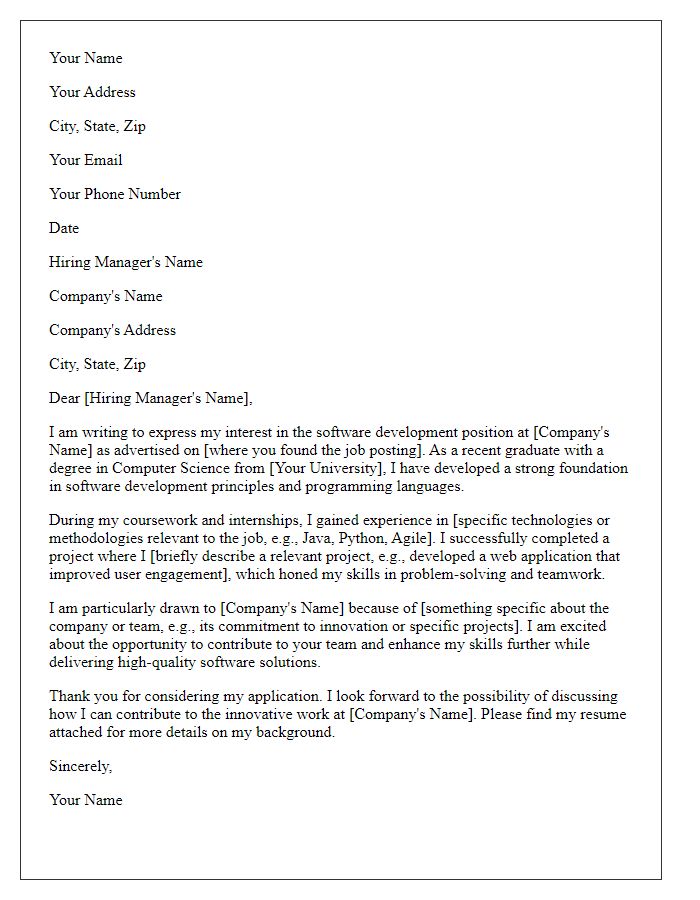
Letter template of an entry-level cover letter for a customer service job.
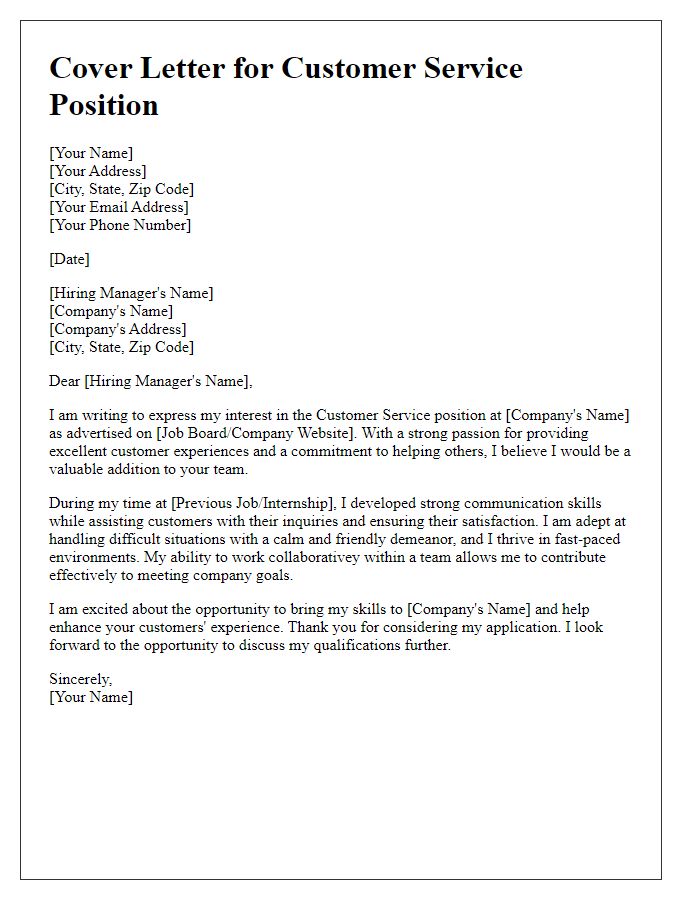
Letter template of an entry-level cover letter for a finance internship.
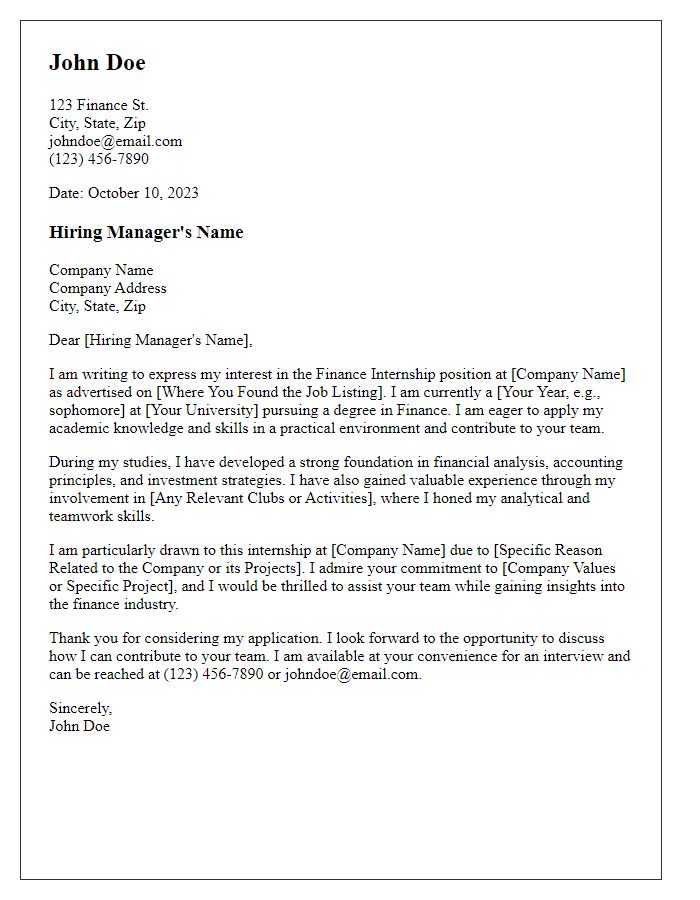
Letter template of an entry-level cover letter for a teaching assistant position.
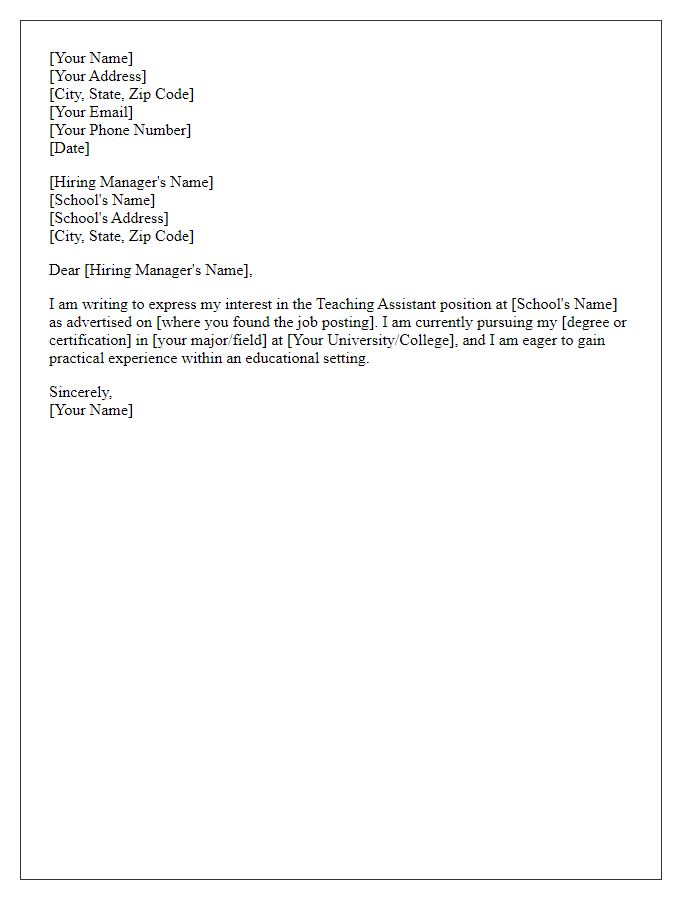
Letter template of an entry-level cover letter for a graphic design role.
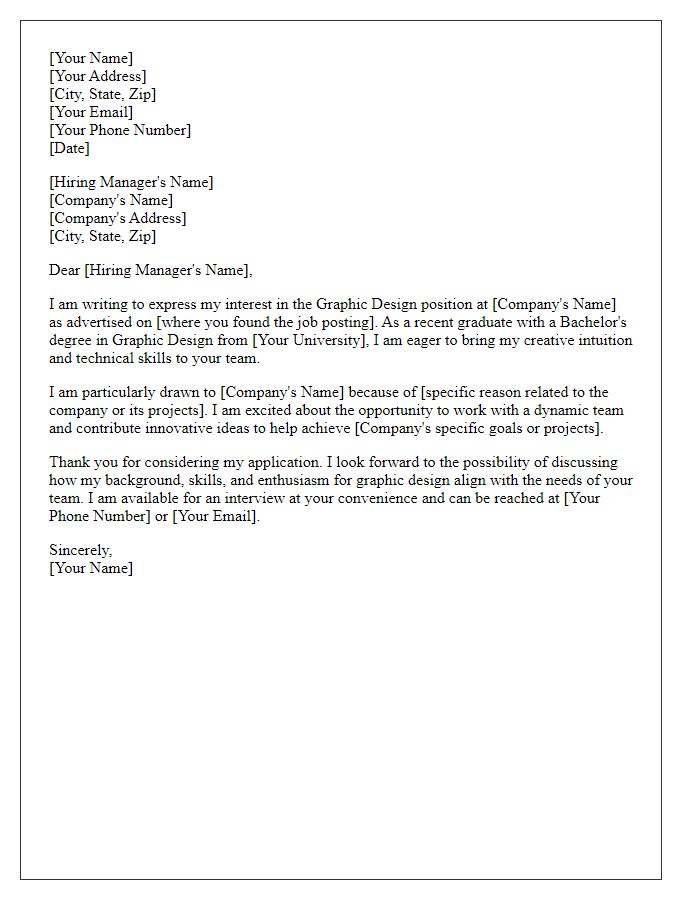
Letter template of an entry-level cover letter for a retail sales associate.
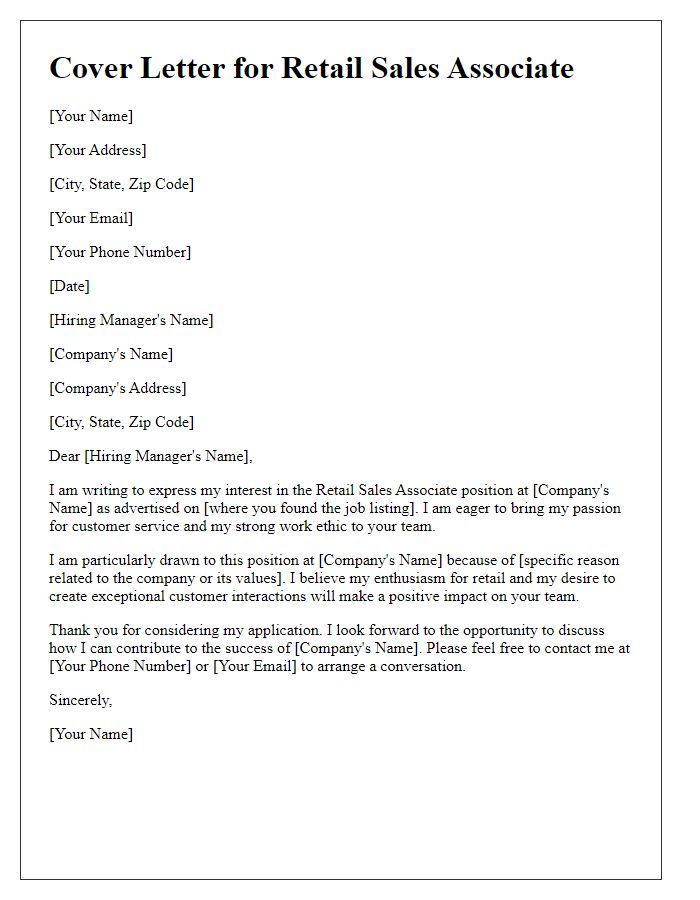
Letter template of an entry-level cover letter for a research assistant position.
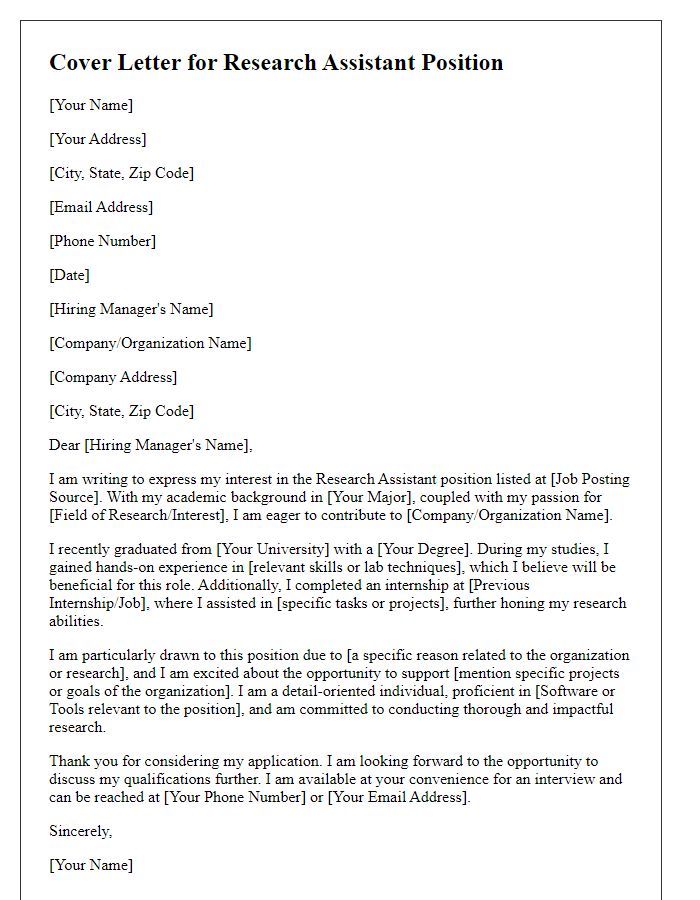
Letter template of an entry-level cover letter for a human resources role.
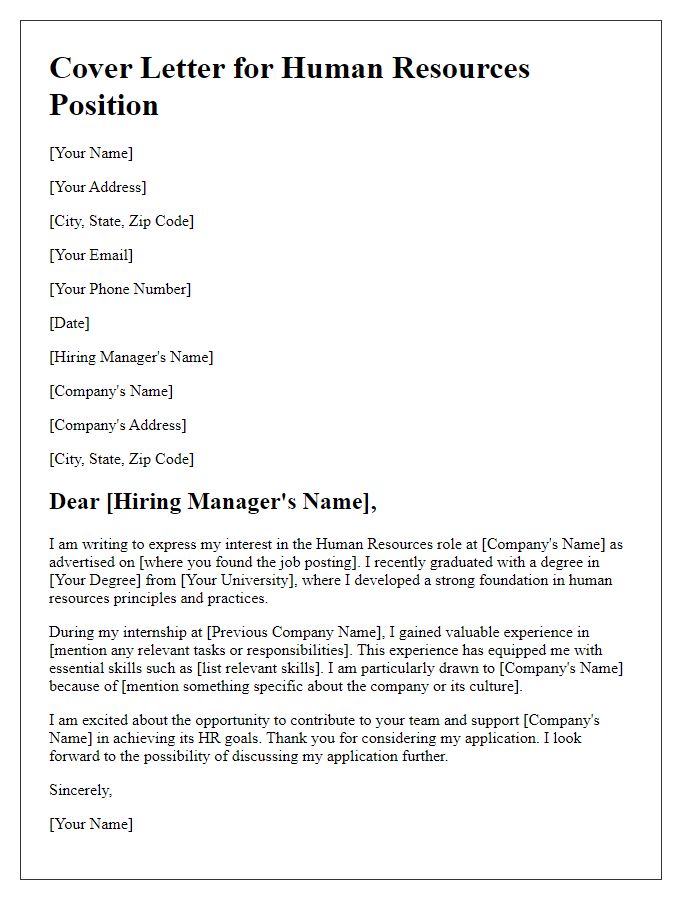

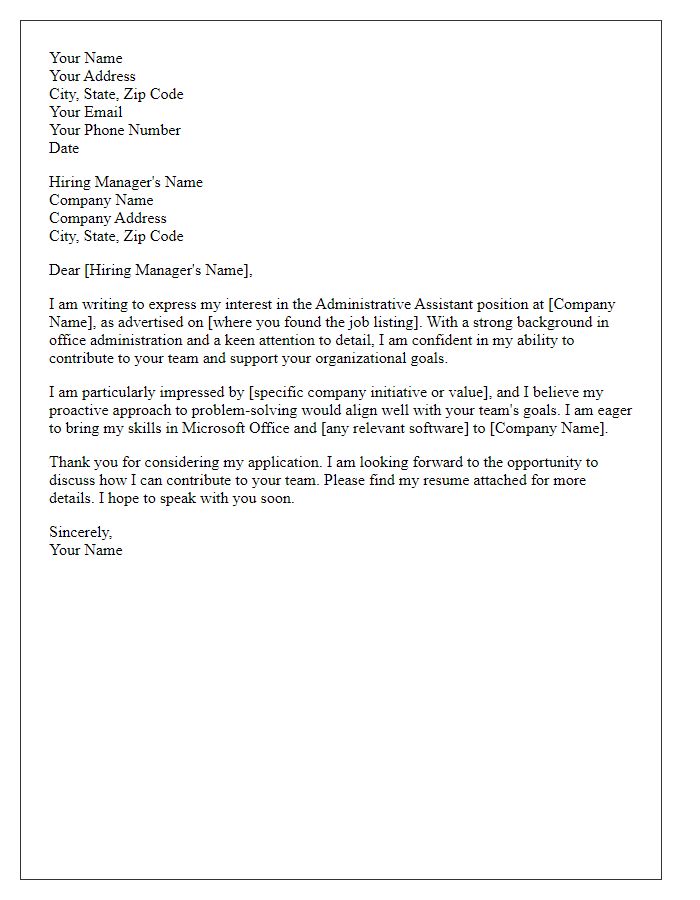

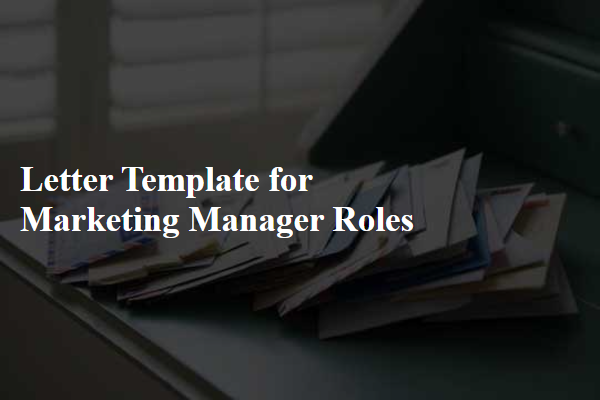
Comments